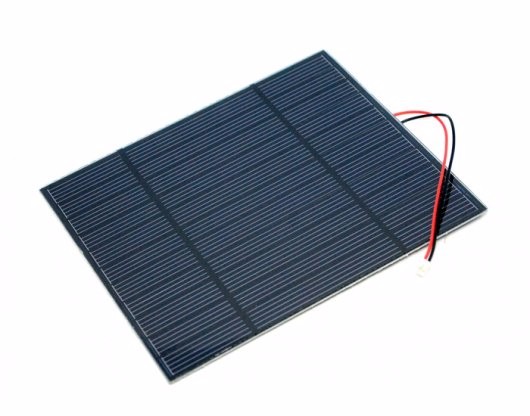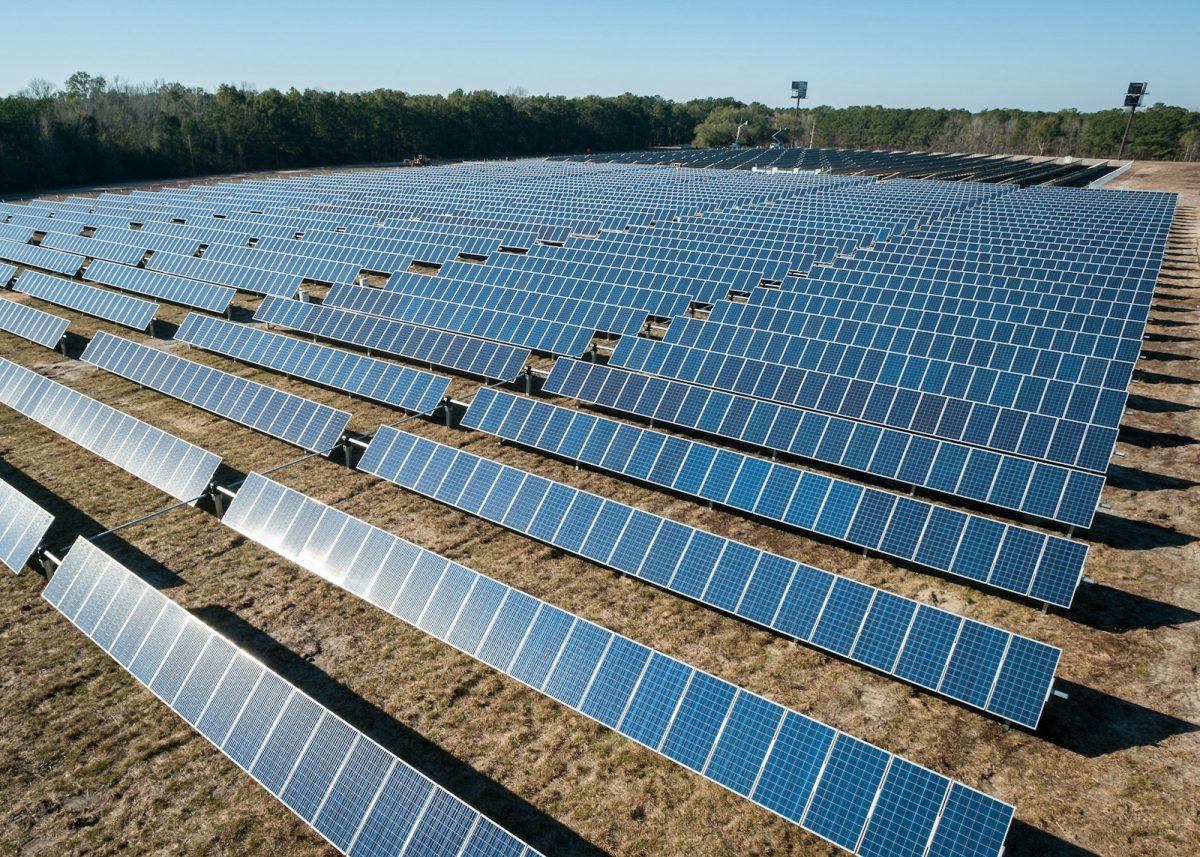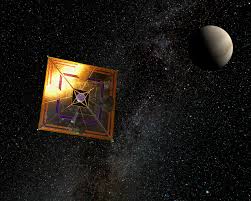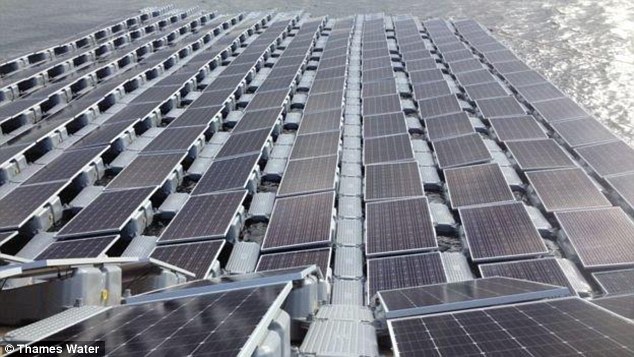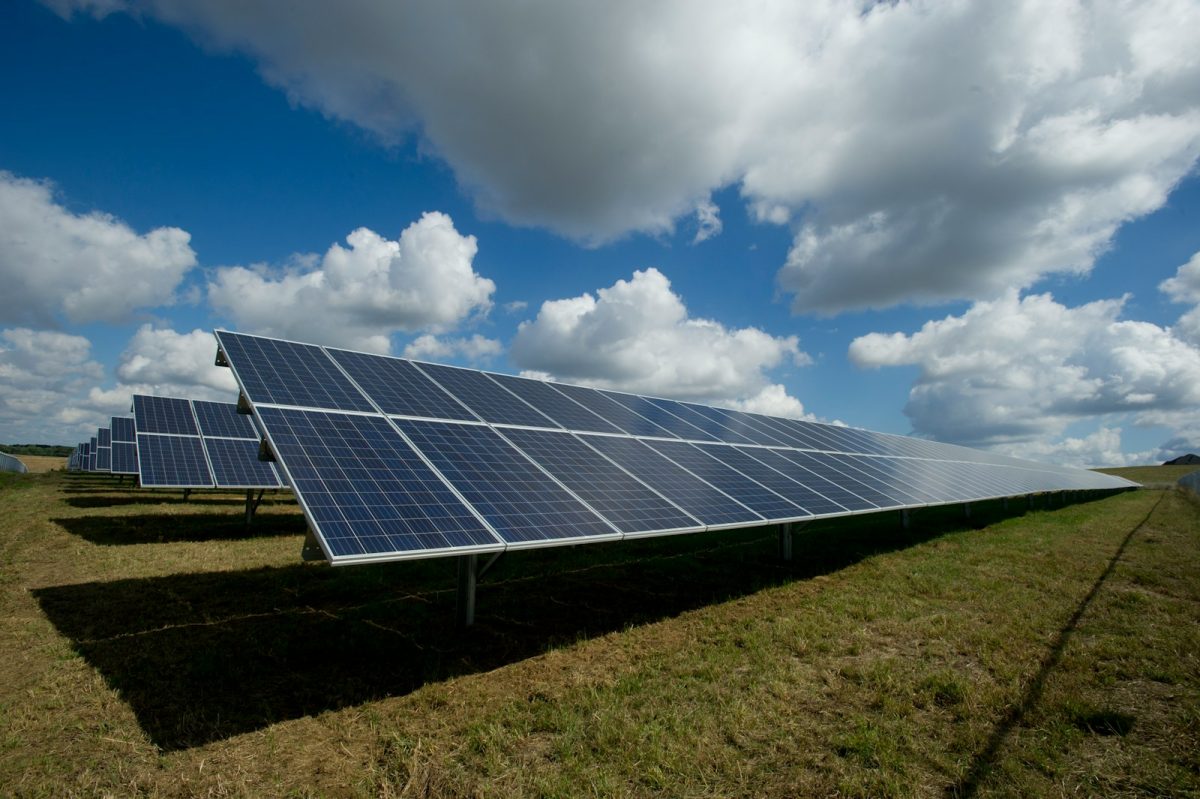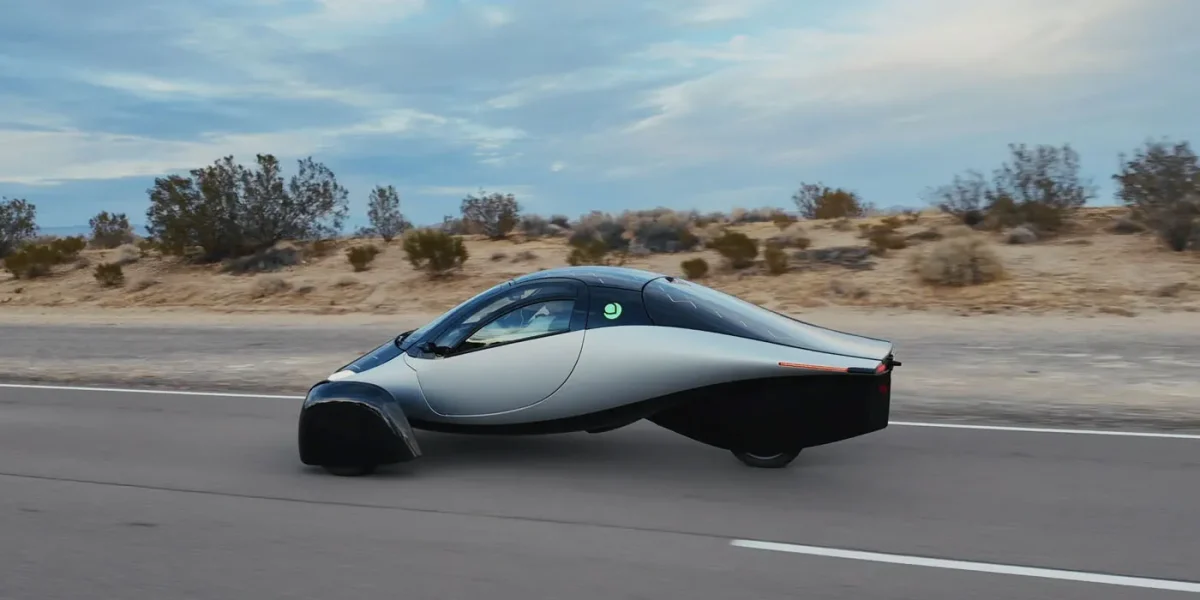We had decided to make a solar phone charger that was Eco-friendly and easy to use. We bought solar panels, diodes, battery holders, DC to DC 5V USB modules, and small Tupperware boxes. We then realized that we did not need the diodes we had bought because the solar panel already came with diodes soldered on. We had used 1.2V rechargeable batteries and connected them to the battery holders. We then used the drill press to drill a whole through the top of the Tupperware box, this was so that the solar panel could securely rest on the lid while the wires could easily be connected to other wires in the box. After we finished connecting all the wires together we saw that the phone was not charging. Upon further research we saw that 5V were needed to charge a phone since we used two 1.2V batteries we only had 2.4V of energy. We then ordered 3.7V rechargeable batteries, but they were the wrong size and could not fit in our AA battery holders. We tested our solar chargers again but with our original 1.2V AA batteries and we used a USB charger and LED. When we plugged the USB the LED glowed but was very dim. We concluded that we had the right concept but we just did not have the right materials to successfully charge a phone. For other groups who try this project we would recommend that they buy AA batteries with a higher voltage or a larger battery holder.
Our project relates to engineering because we all had to go through the engineering process where we faced many challenges but found solutions to them. We also engineered a solar charger (that would have worked with the correct materials). Our concept in making the solar charger was right.




Wiring and building—-> https://www.youtube.com/watch?v=cgrUq2dKIfw
